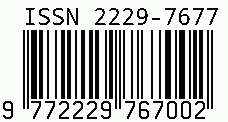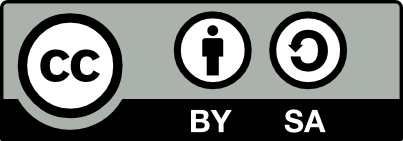
International Journal on Science and Technology
E-ISSN: 2229-7677
•
Impact Factor: 9.88
A Widely Indexed Open Access Peer Reviewed Multidisciplinary Bi-monthly Scholarly International Journal
Plagiarism is checked by the leading plagiarism checker
Call for Paper
Volume 16 Issue 3
July-September 2025
Indexing Partners



















Interdisciplinary Communication and Patient Outcomes in a Tertiary Hospital: Insights from Various Clinical Professionals
| Author(s) | Ghaida A. Alsayari, Fatimah K. Alkhunaizi, Sultan G. Algethami, Faisal M. Alqahtani, Wafa Almalack, Weaam A. Alabdulhai, Nahlah Albaalharith, Ayidh M. Alqarni, Sara F. Alrashed, Saaed J. Alghamdi, Redha M. Alanazi, Mudi N. Alshammary, Eman Alanizi |
|---|---|
| Country | Saudi Arabia |
| Abstract | Background & Significance: Interdisciplinary communication sits at the heart of modern, high acuity healthcare. When the laboratory scientist’s critical value, the radiologist’s provisional report, the nurse’s early warning observations, and the pharmacist’s medication reconciliation all reach the bedside team in a timely, unambiguous fashion, preventable harm plummets. In complex tertiary settings, however, hierarchies, siloed digital systems, and competing priorities still fracture the information stream. Objective: This study examines how front line clinicians in a Riyadh tertiary centre perceive the quality, frequency, and impact of their interdisciplinary exchanges on a spectrum of patient centred outcomes, ranging from satisfaction scores to readmission rates. Methods: A descriptive cross sectional survey of 120 clinicians—nurses, laboratory specialists, pharmacists, radiologists, operation technicians, and nutritionists—captured (i) preferred communication modes; (ii) perceived enablers/barriers; and (iii) self reported outcome effects. Items were drawn from validated tools (e.g., Walker & Hirsch 2020) and piloted locally (α = 0.89). χ², one way ANOVA, and multiple regression explored associations between composite communication scores and four outcome indicators while adjusting for profession and tenure. Results: Face to face handovers (80 %) and structured interdisciplinary rounds (75 %) topped the utilisation chart. High communication scores independently predicted higher patient satisfaction ratings (β = 0.42, p < 0.001), faster diagnostic turnaround (β = 0.39, p = 0.002), fewer medication related incidents (β = –0.31, p = 0.006), and lower 30 day readmission rates (β = –0.28, p = 0.010). Conclusions: Real time, dialogic channels—particularly bedside handovers and daily IDRs—remain the communication gold standard in a culture that still values face to face rapport. Embedding structured verbal protocols within a secure, interoperable digital ecosystem may yield the largest incremental gains. |
| Keywords | Interdisciplinary Communication; Patient Safety; Teamwork; Tertiary Care; Saudi Arabia |
| Field | Medical / Pharmacy |
| Published In | Volume 15, Issue 3, July-September 2024 |
| Published On | 2024-09-06 |
| DOI | https://doi.org/10.5281/zenodo.15463640 |
| Short DOI | https://doi.org/g9knqg |
Share this


CrossRef DOI is assigned to each research paper published in our journal.
IJSAT DOI prefix is
10.71097/IJSAT
Downloads
All research papers published on this website are licensed under Creative Commons Attribution-ShareAlike 4.0 International License, and all rights belong to their respective authors/researchers.

